Kraków 2021-10-27
Passenger car 43A, 101A "Ryflak". 1955
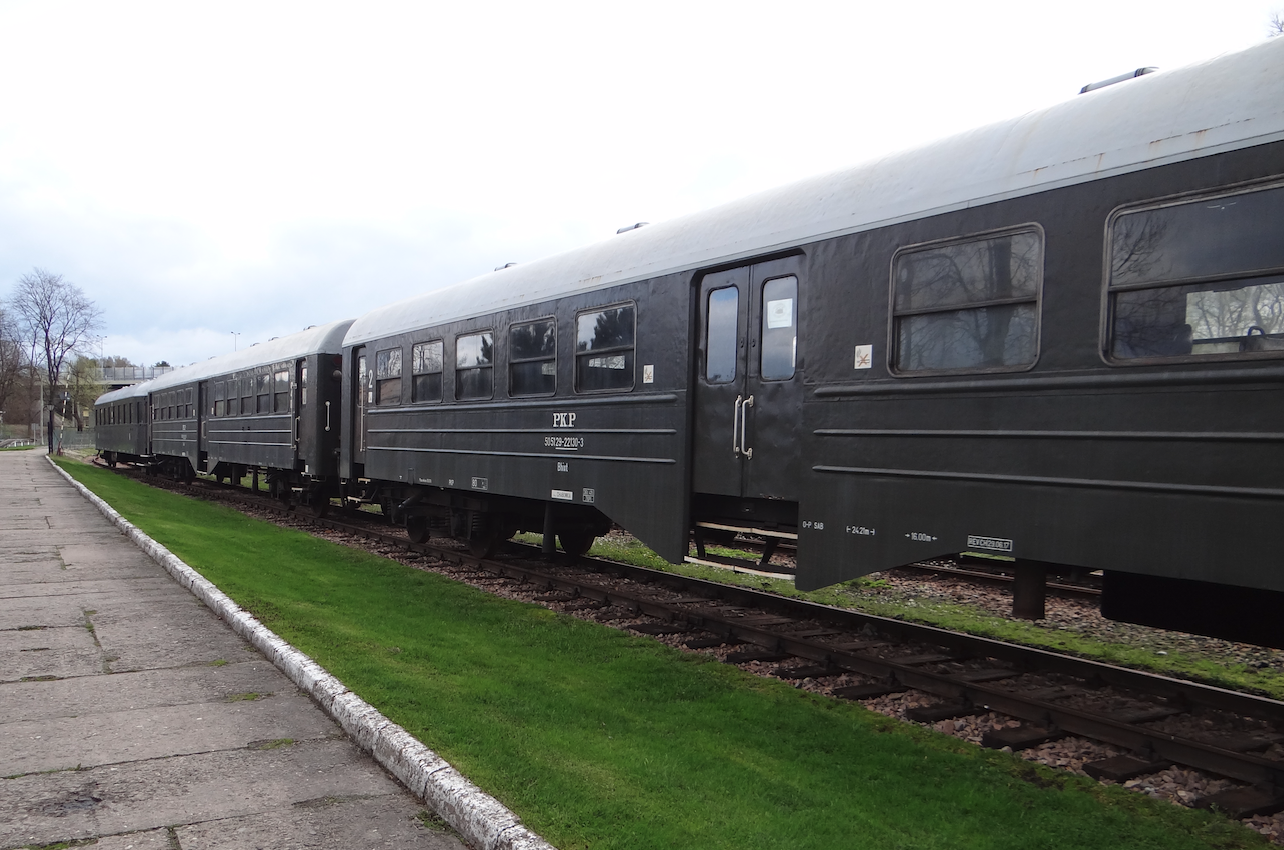
Passenger car type 43A.
Already in 50 years, the Polish State Railways saw the need to introduce new carriages to local lines. The pre-war carriages had a small capacity. Spare parts were missing for them. In absolute numbers, there were many of them, but their transport potential was small. Therefore, a new passenger car was developed in Poznań, which was to be spacious, with easy and quick access to the car. The car was to be adapted to any platform height. The study used experience from the construction of tourist carriages built before the war in Warsaw and Sanok.
The non-compartmental car type 43A, called "Ryflak", was developed in 1955. The colloquial name "Ryflak" resulted from the grooved sides of the wagon body. The grooving strengthens the structure of the wagon body shell. Compared to the pre-war structures, the wagon was very modern. However, the shortcomings of the wagon were realized and the construction required several modifications. In the wagon, the designers decided on the Görlitz bogie type, known from older wagons, with a wheelbase of 2.80 m.
In 1957, Zakłady Cegielskiego w Poznaniu started mass production of 43A carriages. Production ran until 1962. 547 copies and an additional 127 derivatives were built. The wagon was marked "Bwixt", which was changed to "Bh" in 1985. The wagon is Class 2, that is with soft seats.
The first wagons went to the Krakow management. The next ones were transferred to the Poznań directorate and others. Although the wagons were planned to be hauled by motor carriages, more wagons were hauled by steam and diesel locomotives. The first type 43A carriages were painted cream-blue, just like the motor carriages. Although the wagon was developed for local routes, it turned out to be so successful that it was used in long-distance, accelerated and fast trains. These wagons could be found even on trains from Warsaw to Moscow.
Wagon type 43A is 23.30 m long. 2.91 m wide. Height 4.06 m. Spacing of turning pins: 16.00 m. The weight of the wagon is 36 770 kg. Görlitz bogie with a wheelbase of 2.80 m. The design speed is 120 km / h. There are 76 seats in the wagon. The wagon holds 170 passengers.
The car was equipped with an entrance door at both ends of the box and in its half. The door is opened manually by sliding it sideways. The wagon also received a door to the next wagon. The passage is covered with a canvas harmony.
The 43A type car is a two-compartment car. The seats are double, soft, upholstered with leather. They are the same as in EMU EN57. Luggage regiments are located above the windows. Under the windows, there are non-folding tables, and under them there are dustbins. The interior of the car is illuminated by round glass lamps with light bulbs. The walls in the wagon are lined with varnished felt (white, cream or green) or wood-like laminate. Green painting was introduced in the 90s. The floor of the carriage is wooden and covered with hard linoleum (or a similar carpet). There are clothes hangers on the walls. Ventilation grilles are placed in the ceiling. The car is heated. The windows in the wagon are large, two-piece. The upper, smaller part is opened by tilting inwards. There is an emergency brake handle in each car. There is one toilet in the car and it is located next to the central entrance door.
The hallmarks of the 43A family are the tilting upper parts of the side windows and the recesses in the front walls that originally housed the bridge and the harmony. In the last period of operation, many wagons were rebuilt by removing bridges and installing rubber rollers in the gangways.
Motor carriage SN80.
In parallel with the documentation of the 43A wagon, plans for the 5M motor wagon were created, which was designated by the Polish State Railways as the SN80 series. The project was ready in 1959. Serial production of SN80 motor wagons was not started due to the suspension of the import of gears, and such gears were not produced in Poland.
Passenger car Type 101A.
On the basis of the type 43 wagon, its successor, the type 101A wagon, was developed. The Central Design Office of the Rolling Stock Industry has developed a project of a trailer series "DBhixt", which is an extension of the structure of the 43A wagon. The design uses the solutions used in the SN80 motor car. The production of type 101A wagons was started in 1962 in HCP plants and ended in 1964. The wagons were produced at the site of spare capacity after the unproduced SN80. A total of 155 type 101A cars were built.
The dimensions of the 101A wagon remained unchanged, with the exception of the length, which increased by 0.91 m. Also, the structural weight did not change much. The wagon weighs 36,000 kg. The front wall of the wagon has changed. Sliding doors were replaced with hinged doors. The windows have been changed to two-part windows, the upper part of which is opened by lowering it downwards. The windows are placed in a visible metal frame. The wagon's body is more airtight so that no engine fumes or cold penetration can penetrate inside.
The wagon only received steam heating. The predecessor had steam and electric heating. Electric heating was abandoned due to the use of steam or diesel locomotives adapted to steam heating, for example the HCP SU45 diesel locomotive. After all, type 101A wagons were operated on non-electrified routes.
The wagon received new bogies marked with the type 101A. The wheelbase was reduced to 2.5 m, ie by 0.30 m. The suspension system was changed. However, the forklift guidance of the axle boxes was left. It was the last construction of this type in Poland. The frame of the trolley is welded from rolled profiles. Additionally, hydraulic shock absorbers damping lateral movements were installed. The spacing of bogie pivots is 15.50 m. Bogies of this type were also used in carriages of the 102A type.
Wagons of type 101A were sent to all railway directorates, except Upper Silesia, where double-decker wagons were directed. Most of the carriages type 101A went to the management in Gdańsk. Wagons of the 101A type were used for 90 years. The last two active wagons were transferred to the railway open-air museum in Chabówka.
The 101A passenger car is 24.21 m long. The spacing of the bogie pivots is 16.00 m.
The type 101A wagon was developed into a type 102A. The heating and lighting system in the car was improved.
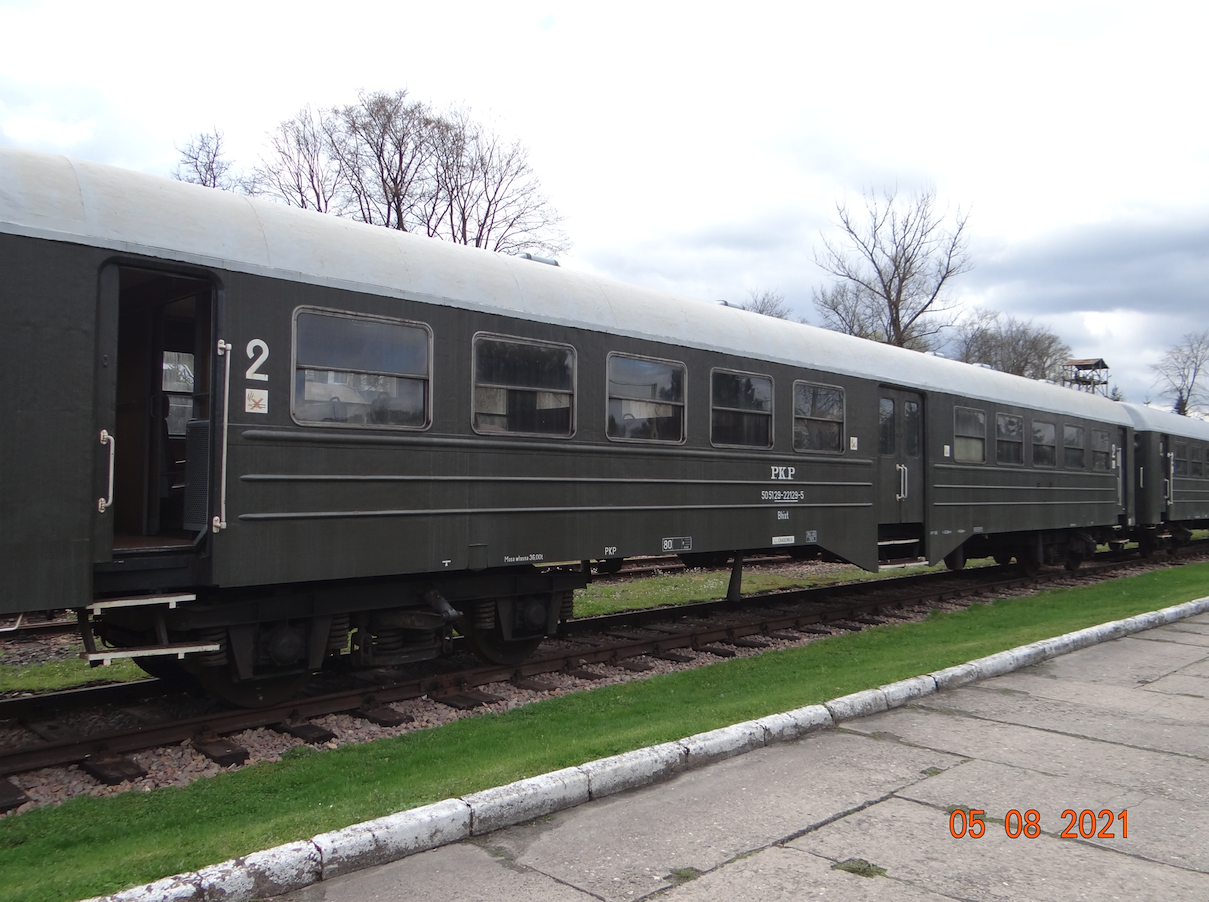
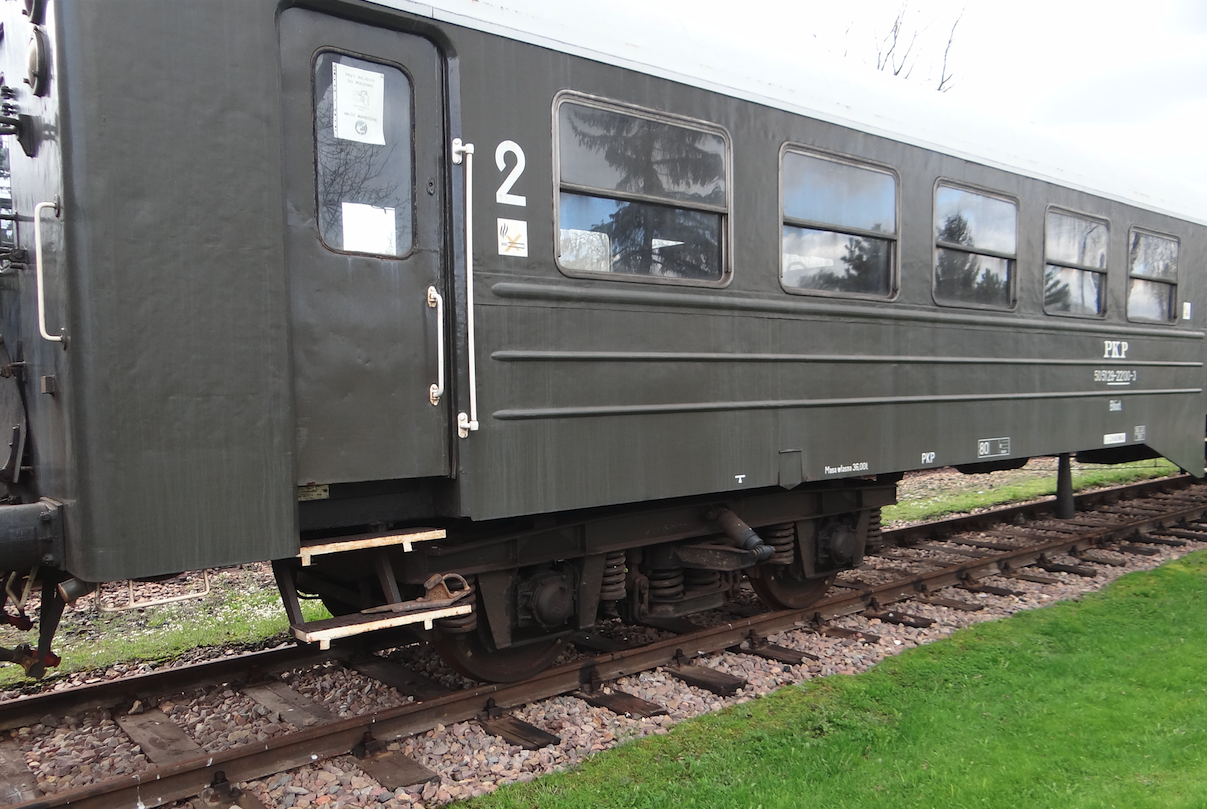
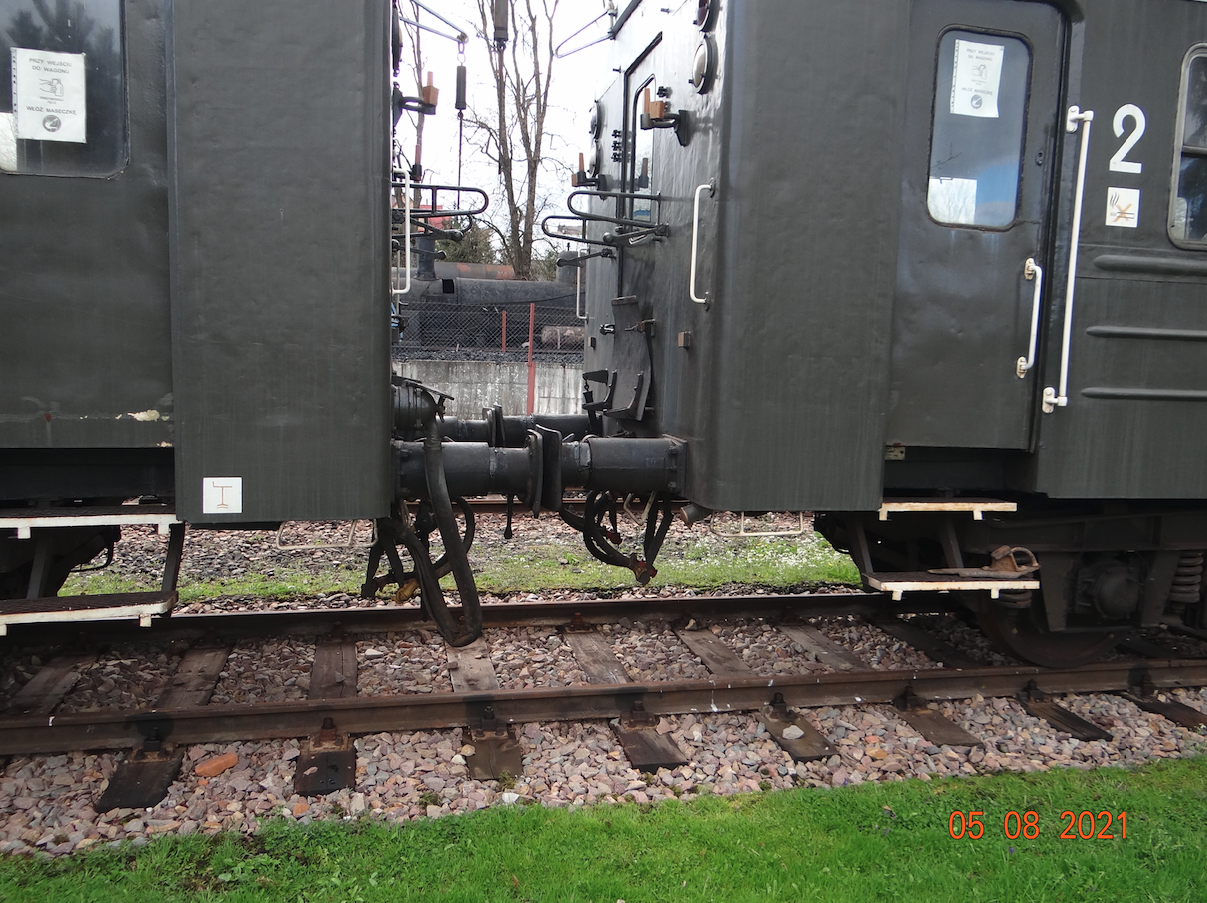
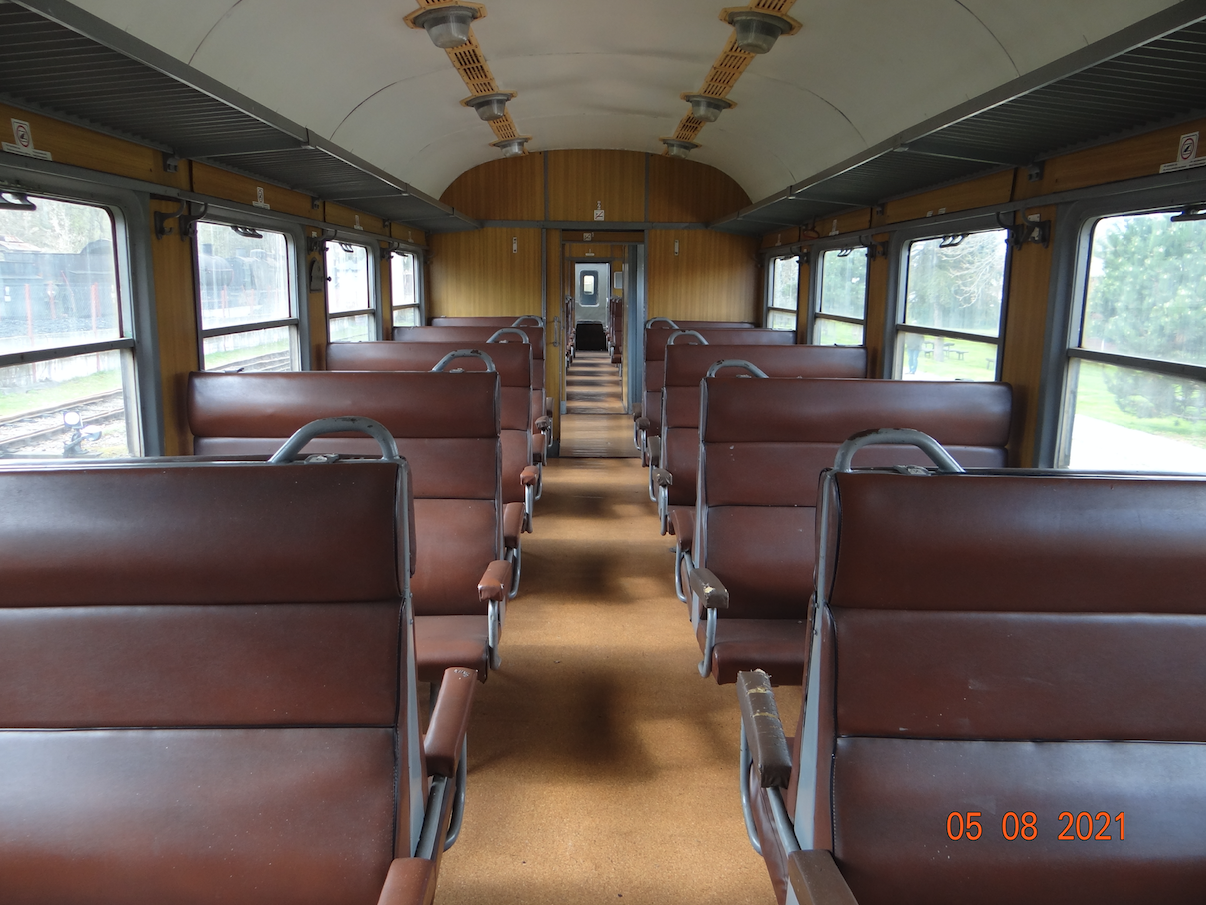

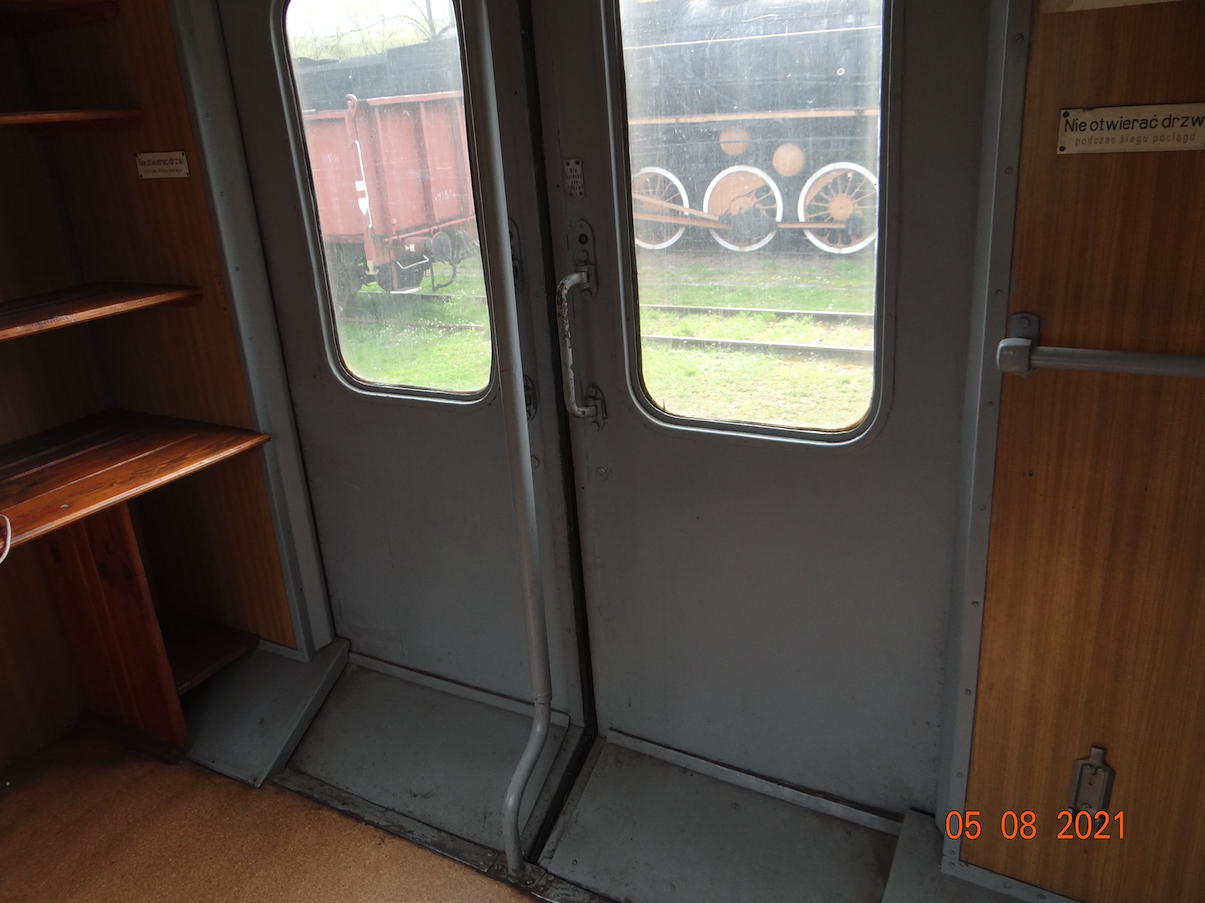
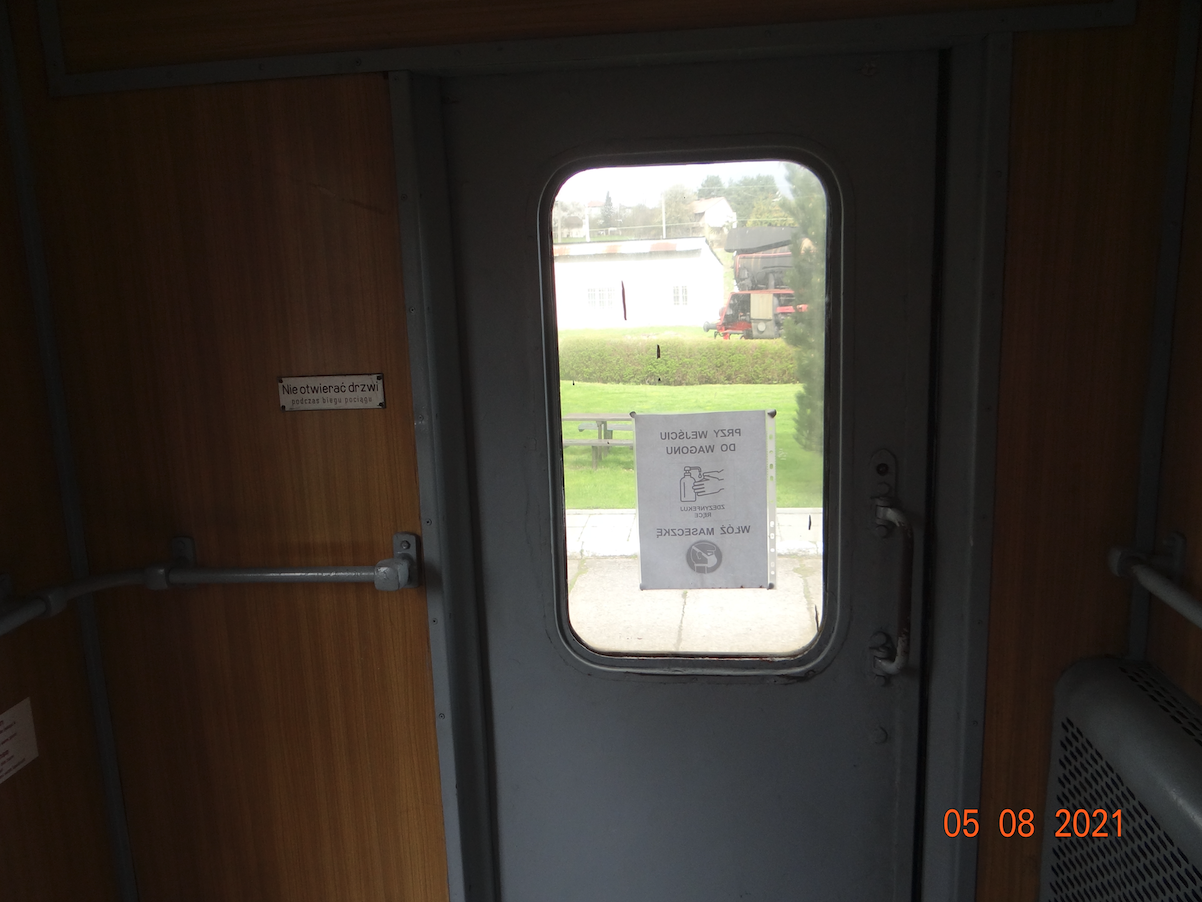
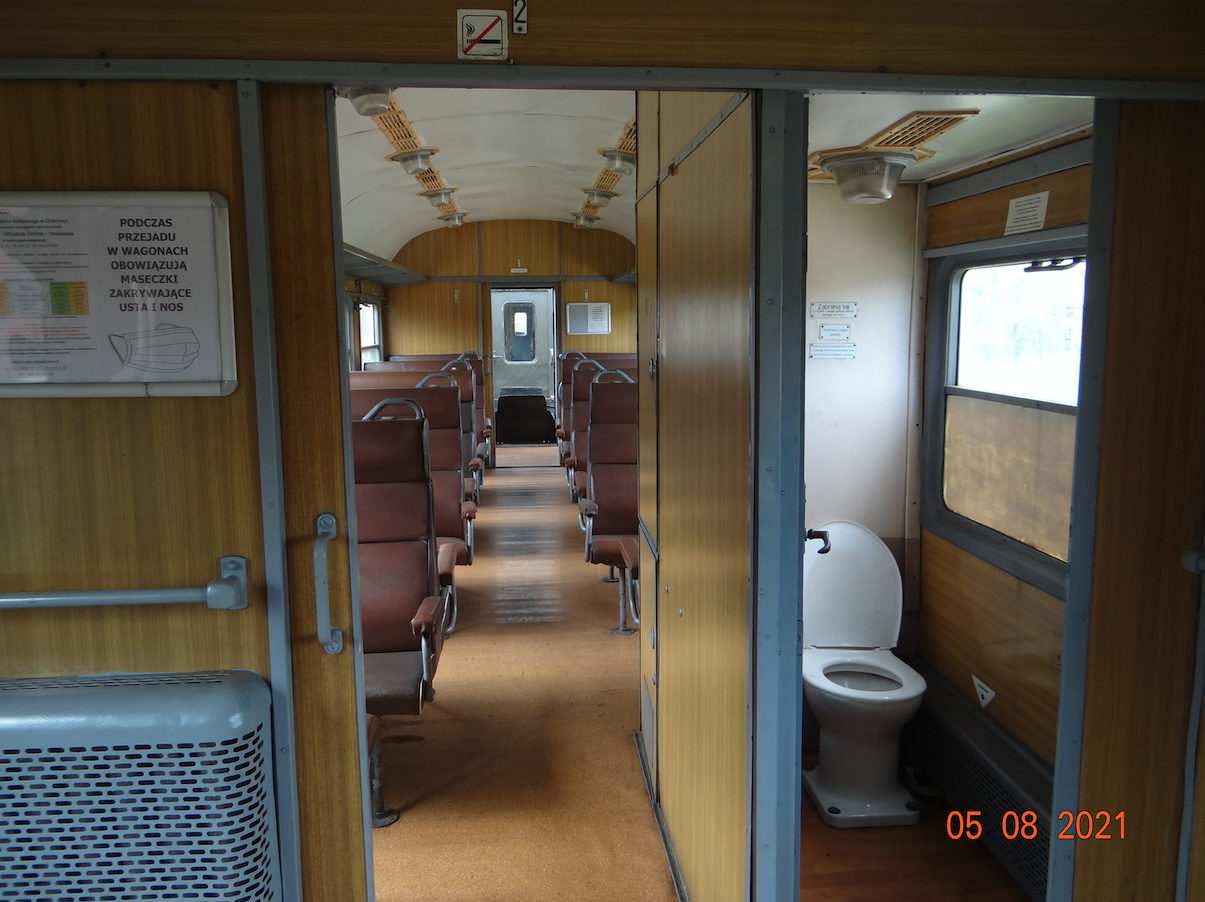
Written by Karol Placha Hetman
